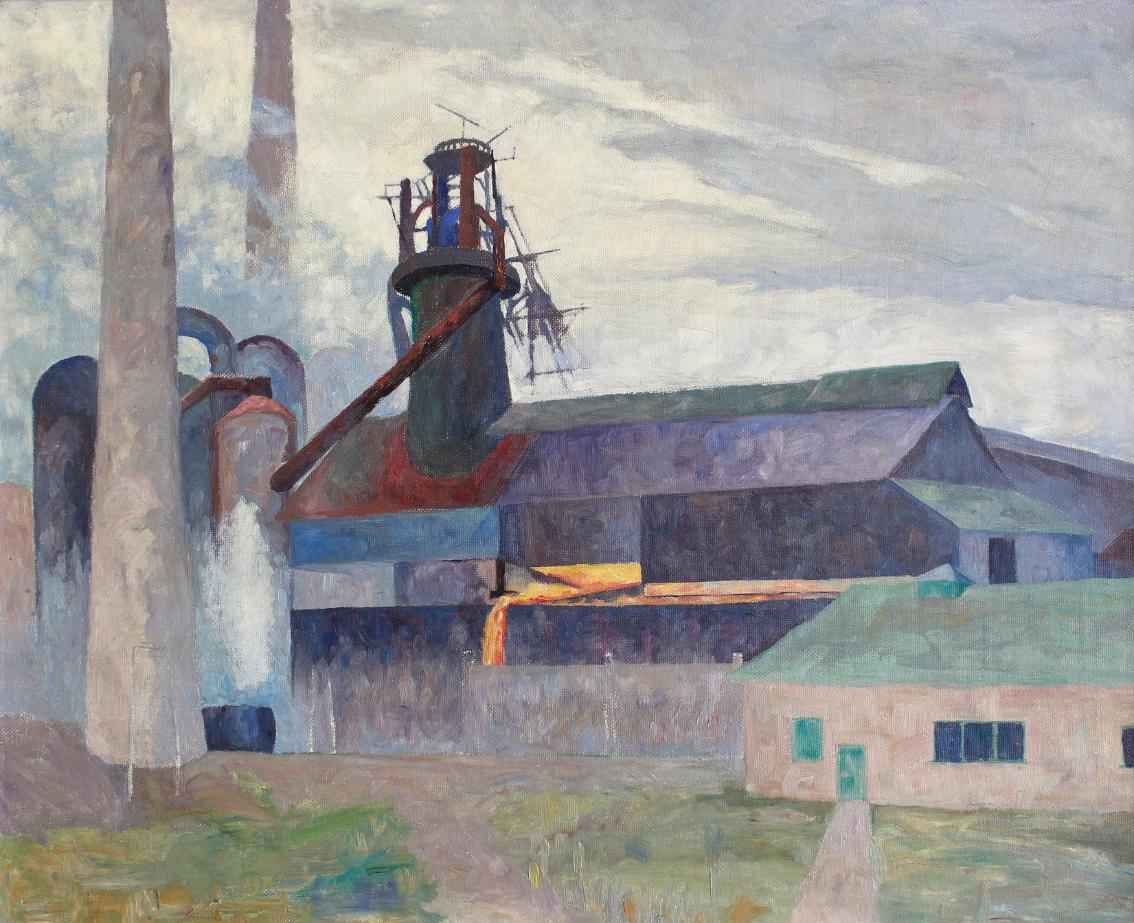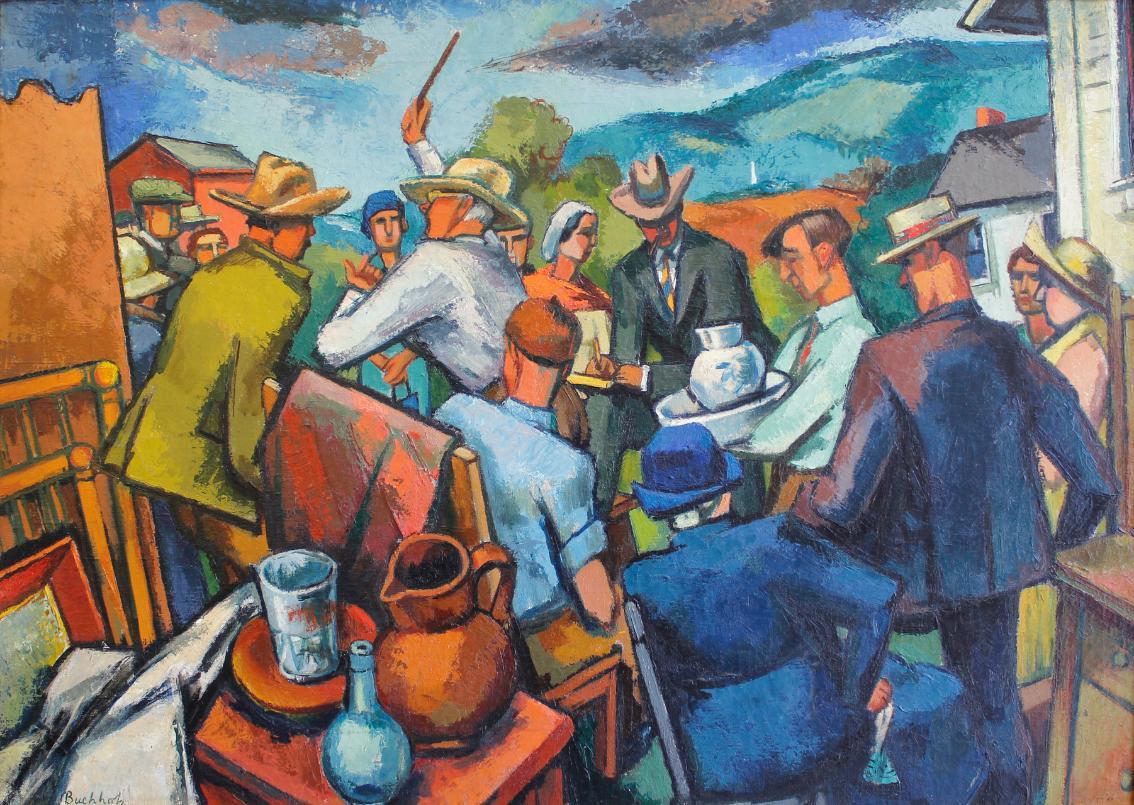The legacy of Longwood Center for the Visual Arts board member and legendary Richmond art collector Keith Kissee, who died a year ago this month, is secure at the university’s acclaimed museum that he loved so well, on downtown Farmville’s Main Street.
Kissee’s collection is made up of mainly Depression-era paintings, drawings, and sculpture curated over more than three decades at his Richmond home. The collection is estimated at roughly $2 million in value, making it one of the largest-ever gifts to the museum.
“Keith was an electric person,” said Rachel Ivers, LCVA executive director. “He was so magnificent at guiding our entire collection with positivity and optimism and raised the energy of any room he was in. It’s wonderful that legacy will live on here through the artwork that adorned the walls of his home and that he loved so much.”
It’s wonderful that legacy will live on here through the artwork that adorned the walls of his home and that he loved so much.
Rachel Ivers, LCVA executive director Tweet This
Jack Blanton, former board chair for the museum and friend of Kissee’s, introduced the Missouri-native-turned-Richmonder to the LCVA in the early 2000s, where he found a group of like-minded art collectors with whom he worked for the next 15 years, serving as collections chair for the board for the last two years before his death.
On Sunday, Sept. 17, a group of friends and family gathered at the LCVA to mark the anniversary of his sudden death and to celebrate his ongoing legacy with the donation of his collection, and opening of an exhibit with pieces from it.
“The whimsical side of Keith we all loved perhaps especially because it was paired, so unusually, with a great depth of soul,” said Longwood President W. Taylor Reveley IV at the event. “This collection, exemplified around us, comes from that wellspring. Keith’s magnificent gift of his collection in its rich entirety to Longwood will inspire and fortify generation upon generation.”

This collection, exemplified around us, comes from that wellspring. Keith’s magnificent gift of his collection in its rich entirety to Longwood will inspire and fortify generation upon generation.
Longwood President W. Taylor Reveley IV Tweet This
In 2010, the LCVA held a celebrated exhibition of Kissee’s collection, titled “Seeds of the Past,” that featured more than 60 paintings, drawings, and sculptures from his Richmond home.
Kissee’s Monument Avenue house in Richmond also was legendary for its holiday gusto. For two decades of holiday-lights aficionados, it was a must-stop on the annual trek around the city – with his “Christmas Cadillac,” a vintage 1966 model, parked at the corner of Monument and Strawberry Street beside the house and decorated elaborately with lights, figurines, stuffed animals, and various other flourishes of the season.
“You couldn’t help but love him and learn from him,” said Ivers. “He had an incredible spirit that endures. I cannot thank his sister Karol enough for honoring his wish to see his collection housed at the LCVA.”
A Missouri native, Kissee found a home in Richmond’s Fan district, in which he lived for nearly 30 years. His house on Monument Avenue slowly filled with a growing art collection, mainly of 1930s and 40s painters like Gideon Townsend Stanton, Otis Oldfield, and Thomas Hart Benton.
He was a leader in the cattle business nationally, and grew up in Ozark, Missouri. Art was long an avid passion, and he immersed himself in the Central Virginia arts community, donating several pieces to the Virginia Museum of Fine Arts and sitting on its foundation board, volunteering his time with it as well as the LCVA, and opening his home to tours.
His art will be added to the LCVA’s permanent collection, and pieces are already hanging in Longwood’s newly opened Joan Perry Brock Center in addition to the current exhibit at the LCVA.



Leave a Comment